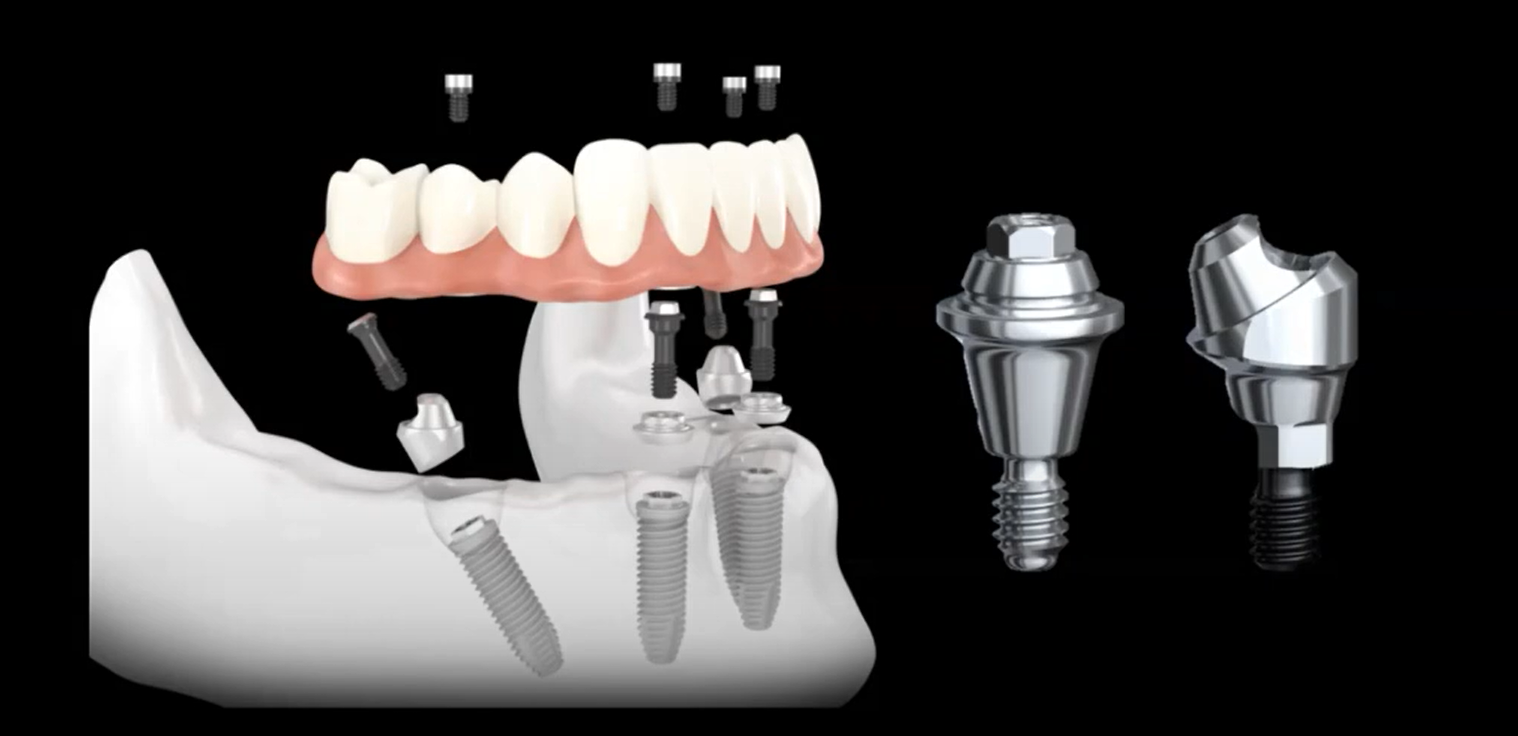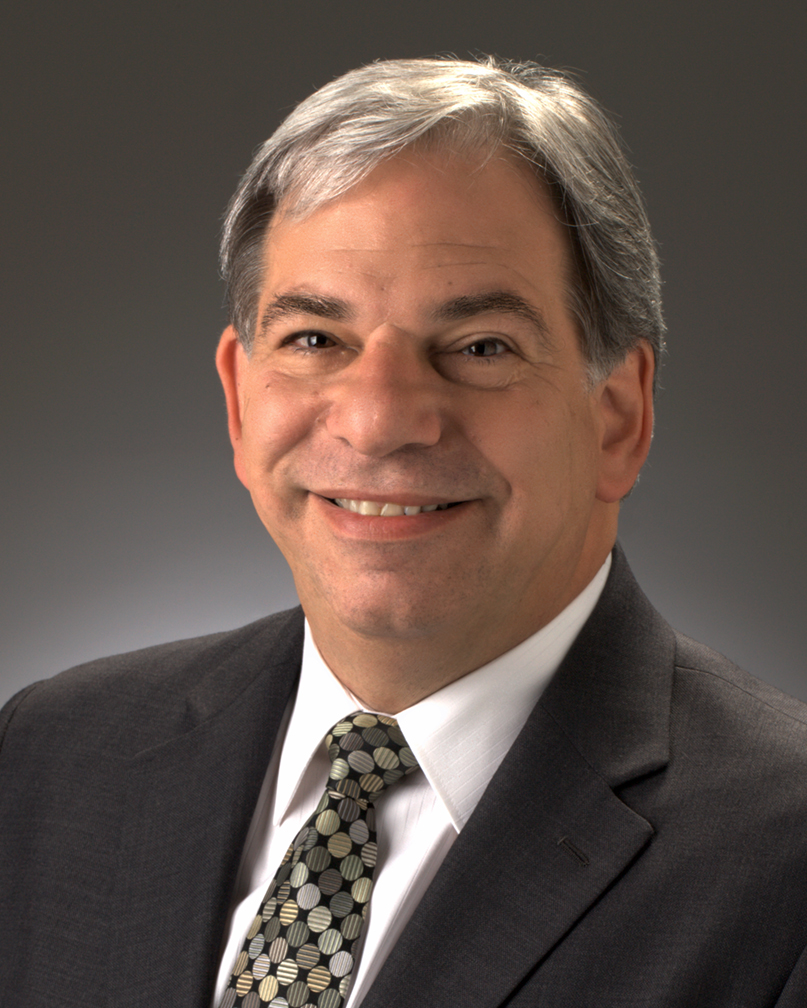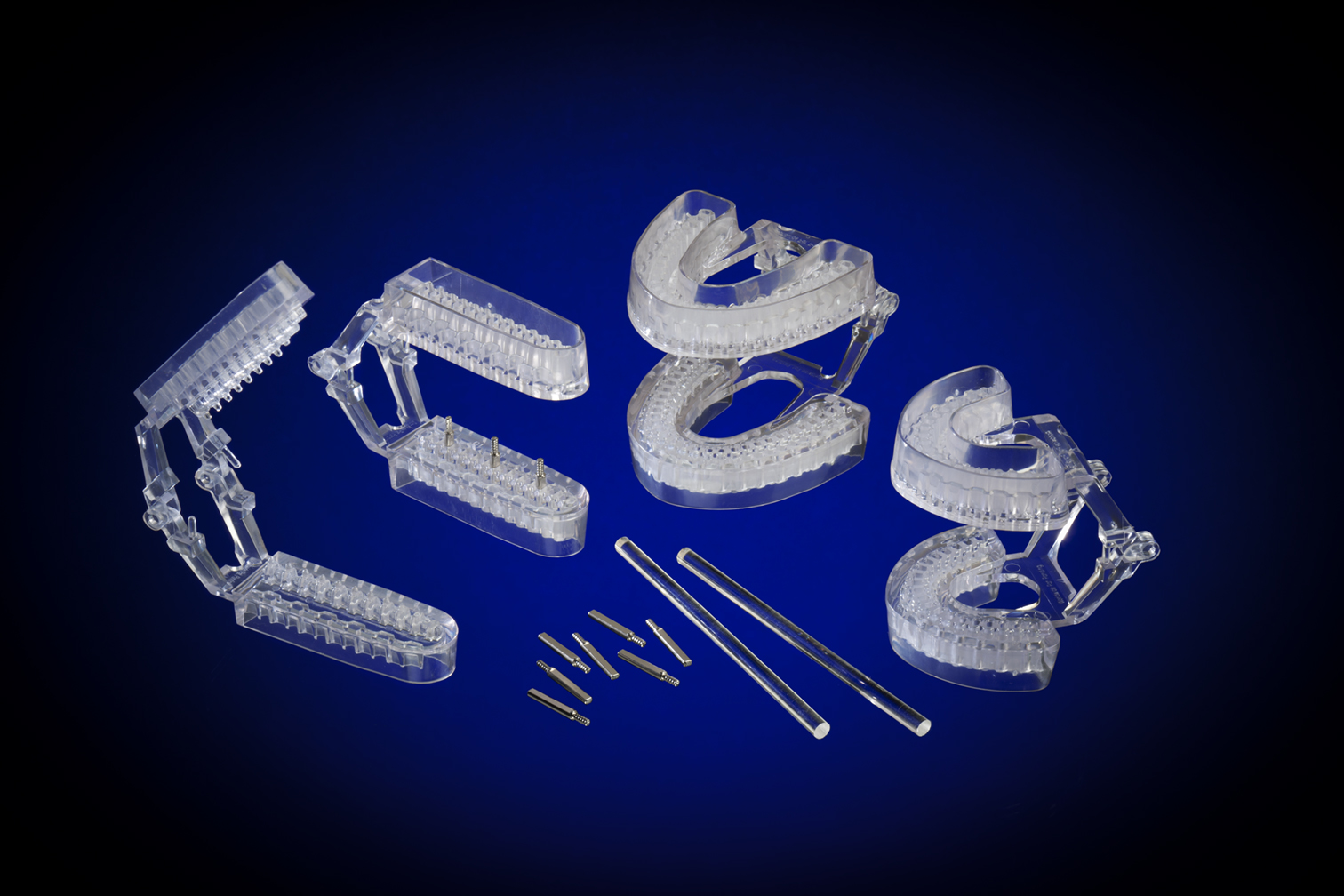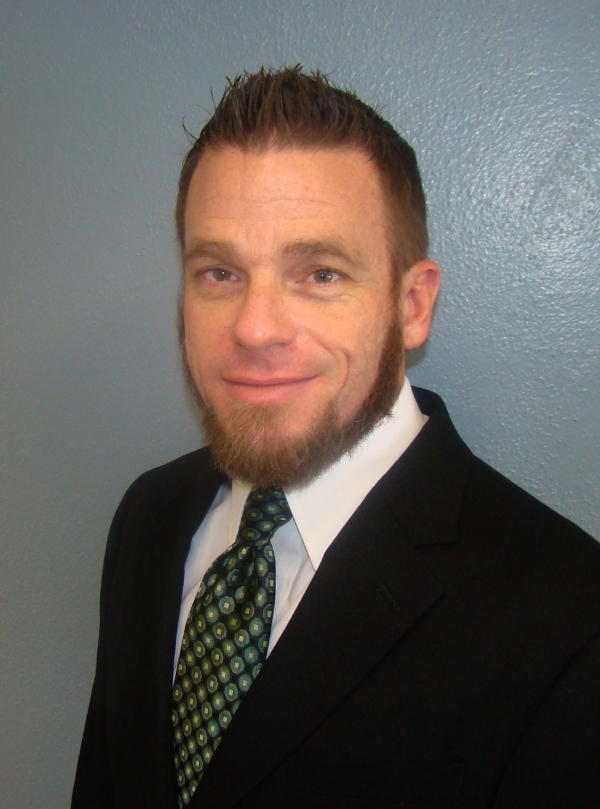I attended a program through the University of Louisville School of Dentistry CE office presented by Dr. Jerry Grant, DMD, MS, FACP on Leveraging Digital Dental Technologies in Your Dental Practice. Dr. Grant’s Curriculum Vitae is extensive and well-rounded as a Prosthodontist and an ex Naval Officer, and he presented a broad view of both the current and future opportunities in Digital Dental Technologies. Well worth the time.
As I listened to Doctor present though, I couldn’t help but feel a bit nostalgic about the loss of the ‘old stuff’ in dental technology. I wondered as we move forward in our industry if there will be, and for how much longer, a place for hand waxing, casting ratios, hand stacking ceramics, soldering and the art of polishing metal alloys (burned fingers in metal finishing I can gladly leave behind!).
I already see technicians forgetting some of the basic principles as automation in machinery starts to take over the manufacturing process of fixed restorations. Are we forgetting what real dental anatomy looks like in favor of what we can pull from a library? Are we forgetting that the anatomy of an individual patient is at once the same and completely different from another patient? Are we forgetting that all ceramics, weather feldspathic or lithium silicate based are controlled by time and temperature? Do we remember the ratios for a connector or the function of a Cuspid? What about the Golden Proportion or Working and Balancing sides?
I think that the greatest loss will be if and when we forget how to think through a problem restorative case because the push of a button or click of a mouse should solve all problems. We are already moving from teaching technicians how to use the latest dental software to teaching ‘Computer Geeks and Gamers’ the dentistry behind the software they are using.
The ‘Old Stuff’ taught us lessons in Bio-mechanics and Bio-materials, Process Management and Recovery and Repair. It kept us fluid in Hand-eye coordination and visualization. We used Vacuum and PSI, Friction heat, quenching, controlled vibration and Fire to create from raw materials a thing of beauty and biological function.
These skills won’t be completely lost. There will be a few who remain much like old world craftsmen, but the call for this kind of work will diminish.
I suppose that what I am asking of the new technician, is that you don’t forget the ‘Old Stuff’. Know where we came from as an industry. Apply the lessons of the past to the materials and processes of the future. Know them, understand them, be able to manipulate them, adjust them and create with them. Understand the Why not just the How and remember that the patient on the other end is still a human being in need of your skill and knowledge. You can’t just push a button for that.











Leave a comment